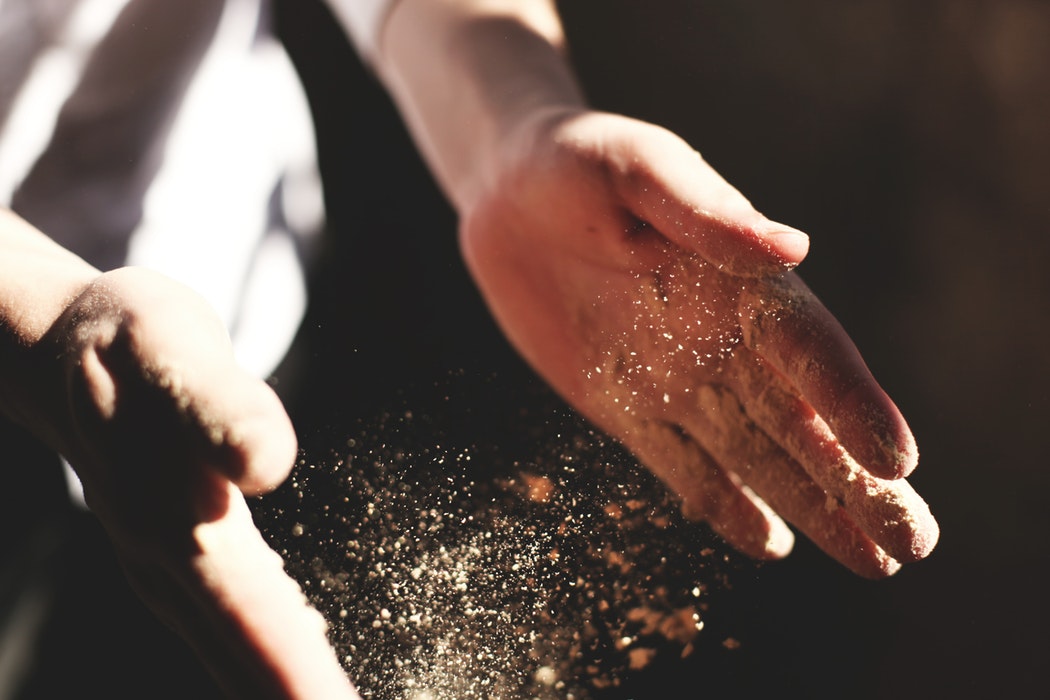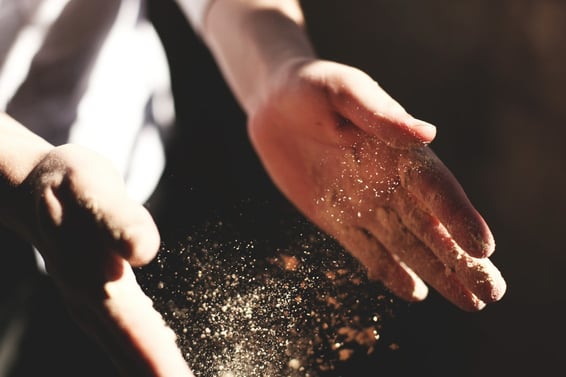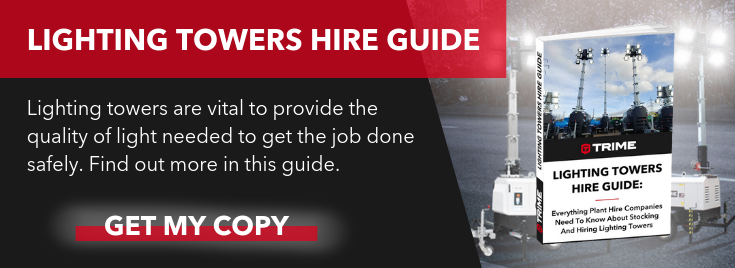
How dangerous is dust?
Construction dust is created from many sources: demolition sites, removing tiles, plaster, paint and cement, the production of concrete and aggregates, and the list goes on. The dust becomes airborne, meaning the particles enter your respiratory system and build up over time in your lungs. It is important to reduce and control risk of construction site dust becoming a danger to employees and pedestrians in the surrounding area.

Some of the risks to construction site workers include lung cancer, asthma, COPD and silicosis. There is a high risk of developing any of these conditions due to common tasks such as cutting tiles, dry sweeping, sanding wood and cutting paving slabs which take place on sites, producing large quantities of dust particles.
There are many different types of dust which can be produced on construction sites: silica dust, wood dust and lower toxicity dusts, to name a few. All dust carried its own risk, so its important to be aware of the hazards before you begin work.
Firstly, how much energy is the task going to use? More energy = more dust being produced in a shorter amount of time. If the area is enclosed, the dust can build up as there is no way for it to ‘escape’. However, do not presume that dust outside isn’t any less of a threat to the health of construction workers. Finally, the length of the task or the frequency that it will be carried out also affects the amount of dust produced.
So, how can dust be controlled? Although it is too small to the visible eye, dust levels can be monitored, reduced and managed.
Use appropriately-sized hand tool equipment for the material being cut up/demolished. This reduces energy is used, in turn reducing dust produced from the task. But will ensure the task is completed in a shorter amount of time as the equipment is right for that particular task. The HSE also advise using face masks that protect the mouth and nose, selecting work clothes that repel dust, and washing hands/forearms before eating, drinking or anything else to reduce risk of contamination.
The most common method of controlling dust is water suppression which is the most common method. A dust suppression unit discharges a fine mist of water into the air, which mixes with the dust particles and prevents it from spreading around the work area.
At Trime, we are pushing for the development and use of sustainable and innovative products - like our X-DUST. Through the power of water, the X-DUST removes dust particles in the air and improves working conditions for employees and the local environment. If you would like more information, please give us a call on 01480220500 or get in contact with us here.
For more information on the health risks of dust, please head to the HSE website: http://www.hse.gov.uk/construction/healthrisks/hazardous-substances/construction-dust.htm







